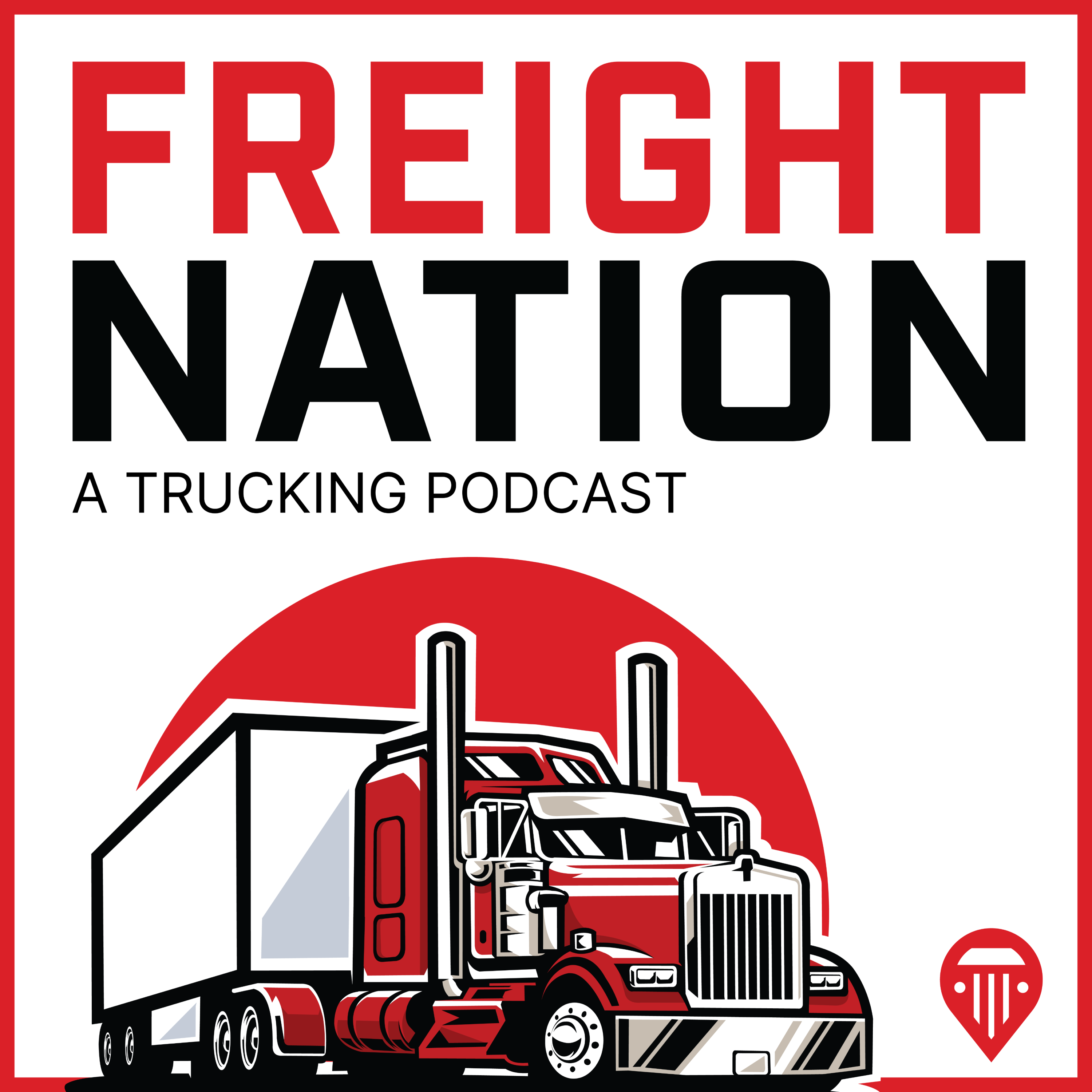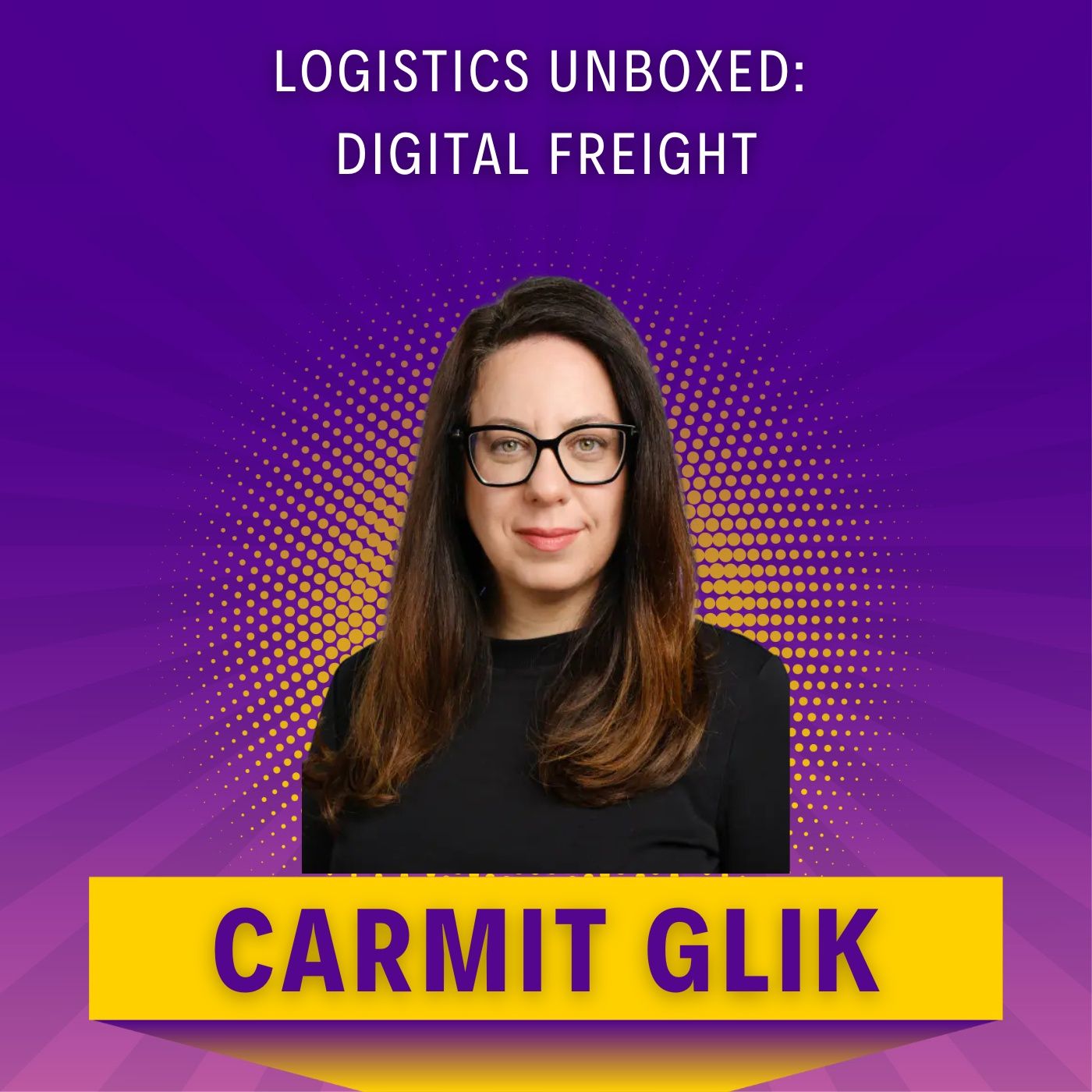
Logistics at a Crossroads
Where freight meets real life.
Hosted by Gia — logistics veteran, cancer survivor, and truth-teller — “Logistics at a Crossroads” explores the industry, identity, and the grit it takes to keep showing up. Freight. Feelings. No filter.
Logistics at a Crossroads
🎙️ EPISODE 37: Debt Déjà Vu — From Layaway Lines to BNPL Groceries
On this episode of Holding the Line: A Logistics at a Crossroads Podcast, Gia peels back the glossy sticker on “Pay in 4” culture and asks the question nobody wants to answer:
What happens when financing groceries becomes the norm… not the exception?
We trace the story from old-school blue lights and layaway lines to the new digital shadow of Buy Now, Pay Later — a system that’s smooth, pretty, and quietly rewriting the rules of debt.
Gia takes you through:
🔹 Debt the shapeshifter — from K-Mart layaway tickets to rent-to-own traps
🔹 Why BNPL exploded after the pandemic — frozen wages, rising costs, and survival math
🔹 The psychology behind installment culture — how “four payments” numbs the pain of paying
🔹 When groceries need financing — the moment convenience becomes crisis
🔹 Phantom debt — invisible micro-loans that stack until they snap
🔹 The supply chain connection — how household debt shifts demand, freight, and retail decisions
This is Part One: How we got here.
Part Two? Who pays for it — and how the ripple hits logistics.
If you’ve ever split a grocery bill into four… or watched port volumes dip for reasons no analyst can quite explain… this episode is the thread that ties it all together.
Gia’s here, navigating the crossroads with you — one truth, one trend, one tough conversation at a time.
🎧 New episodes every week.
Follow Logistics at a Crossroads on your favorite podcast platform.
📬 Want to connect?
Find me on LinkedIn: linkedin.com/in/reginahunter
Visit the blog: giakat.blogspot.com
Gia (soft, reflective, a little wry):
“Hey everyone… welcome back to Holding the Line: A Logistics at a Crossroads Podcast.
I’m your host, Gia — and today, we’re stepping into a conversation that feels like déjà vu.
The kind where history doesn’t repeat itself… it just changes fonts.”
Beat. Music dips but stays underneath.
Gia:
“Because here’s the truth: We’ve been here before. We’ve danced with debt before.
We’ve watched credit evolve from paper slips to plastic cards to an invisible shadow living inside our phones.
Only this time? It’s different. It’s deeper. And it’s sitting in the grocery aisle right next to the eggs.”
🔹 SEGMENT 1 — Debt Has Always Been a Shapeshifter
Gia:
“Let’s go back for a second… A blue light blinking at K-Mart. Black Friday shopping and then rushing to the back to the layaway counters at Wal-Mart with the whole community lined up the week before Christmas. Those little tickets your parents tucked into their wallets like lottery numbers.”
“We knew how those systems worked. You paid faithfully, you waited patiently — and you didn’t get the thing until you finished paying for it.
And then came Rent-A-Center and every rent-to-own clone out there.
Instant gratification wrapped in weekly payments that turned a $400 couch into a $1,200 regret.”
wry chuckle
“Back then, the trap was obvious. The receipts were long. The interest rates were bold.
The consequences were clear.”
Beat.
“But today’s trap? It’s smooth. Pretty. Convenient.
And impossible to see until you’re already in it.”
🔹 SEGMENT 2 — Why BNPL Exploded After the Pandemic
Gia:
“When the pandemic hit, life tilted sideways — and it never fully straightened back out.”
• “Wages froze.” Jobs shed workers overnight, whole industries shut their doors, and folks were sent home with laptops and prayer. Fast-forward 4.5 years — companies are still begging people to return to cubicles even though WFH never stopped pulling its weight.
• “Rent shot up.” Millions stuck in place, nowhere to go, stimulus checks landing like life rafts — and landlords took it as an invitation to rewrite the rules of gravity.
• “Gas climbed.”
• “Groceries turned into luxury items.”
• “Insurance premiums ballooned.”
Everything we needed to live suddenly came with a surcharge for simply surviving.
• “Utilities crept up like they had something to prove.” The light bill started acting like it had a personal vendetta, water played hard to get, and every meter ran like it was chasing commission.
Gia:
And while families were drowning in rising costs, BNPL companies slipped in with a soft voice and a big promise:
“Pay later. Pay smaller. Pay easier.”
We were exhausted, pockets thin, patience thinner. The world didn’t hand us a cost-of-living reset — it handed us Klarna. It handed us Afterpay. Even PayPal showed up like, “Hey, you can split that into four if it helps.”
BNPL sounded like relief, but it behaved like a trap — debt disguised as convenience,
interest hiding behind installments, and budgeting stretched until it snapped.
🔹 Gia:
“Here’s the tricky part… BNPL isn’t just a financial tool — it’s psychological design.”
It dances around what economists call the ‘pain of paying.’
Those interest-free promises soften the blow.
• “It makes a $200 grocery run feel like $50.”
• “It hides the total cost behind four neat little boxes.”
• “It lets you forget you’ve already got six other sets of ‘four payments’ running in the background.”
Gia:
“It’s not manipulation — it’s marketing.
But marketing is built on behavioral economics, guided by data scientists and algorithms that know us better than we know ourselves.”
SEGMENT 4 — When Groceries Need Financing
Gia (tone drops lower):
“Here’s where the story stops being cute.”
“Twenty-five percent of BNPL users are financing groceries.
Not sneakers.
Not electronics.
Not holiday gifts.
Groceries.”
“When survival needs a payment plan…
that’s not convenience anymore —
that’s crisis.”
SEGMENT 5 — The Phantom Debt Problem
Gia:
“Here’s what makes BNPL dangerous in a way old credit never was:
It doesn’t always show up.”
Expand:
• “No credit card statements.”
• “No debt flags.”
• “No warnings to banks or lenders.”
• “Just invisible micro-loans that stack like folding chairs — quiet until they collapse.”
Gia:
“Consumers think they’re juggling two or three payments.
Banks think the consumer has no debt at all.
Meanwhile, the truth is somewhere between zero and eighteen different loans running silently every month.”
SEGMENT 6 — The Supply Chain Ripple
Gia:
“And here’s where my logistics folks perk up… because debt isn’t just personal — it’s operational.”
“When people can’t afford essentials without financing them:
demand shifts.
Shipping volumes dip.
Port traffic softens.
Retail orders shrink.
Distribution centers overstock or understock.”
Beat.
“The grocery aisle and the intermodal yard?
Yeah — they’re connected.
Way more than people think.”
SEGMENT 7 — Closing (and a door opening)
Gia:
“So today we traced the lines — from old credit to new convenience, from layaway to BNPL, from pandemic aftermath to that little ‘Pay in 4’ button at checkout.”
“But this is only Part One.
Because if Part One is: ‘How we got here’
then Part Two is: ‘What happens next — and who pays for it?’”
Thank you for tuning in to Holding the Line: Logistics at a Crossroads podcast. I’m your host, Gia, and until next time, I’ll be here navigating the crossroads right along with you.
Podcasts we love
Check out these other fine podcasts recommended by us, not an algorithm.

Supply Chain Revolution
Sheri Hinish, SupplyChainQueen
Supply Chain - Unfiltered
Institute for Supply Management®
The Bootstrapper's Guide to Logistics
Nate Shutes
Everything is Logistics
Blythe Brumleve
WHAT THE TRUCK?!?
FreightWaves
Freight Nation: A Trucking Podcast
Truckstop
Logistics Unboxed: Digital Freight
The Advisor W/ Stacey Chillemi
The Happiness Lab with Dr. Laurie Santos
Pushkin Industries
The Wandering One Podcast
The Wandering One Podcast
We Can Do Hard Things
Treat Media and Glennon Doyle